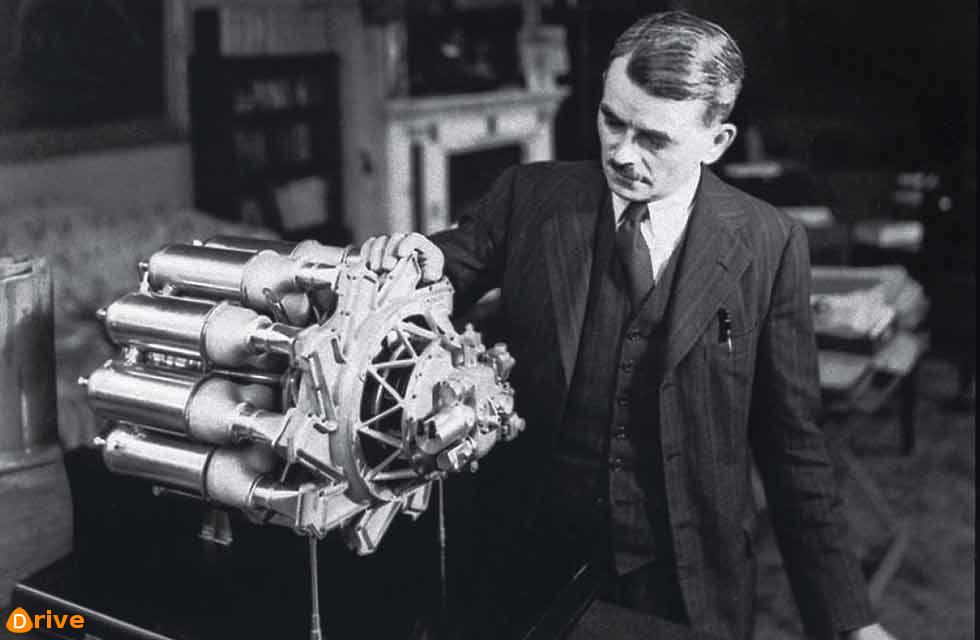The speed of the modern world would not exist or function without the jet engine. That might be a bold statement, but it’s a justifiable one. The jet is perhaps one of the last century’s greatest inventions, and it came from the mind of Coventry-born genius Frank – later Sir Frank – Whittle.
He was interested in manned flight from an early age and, spurred on by his mechanic father, he applied to join the RAF. Successful at his third attempt, he became an RAF apprentice in 1923. Within five years he was a pilot officer.

His early thesis on propulsion showed his creative thinking. He argued that aircraft would have to travel higher in the atmosphere, where air resistance is lower, in order for them to fly further and longer. Conventional piston engines could not cope with this, so he proposed rocket propulsion, or a gas turbine driving the propellers, as the answer.
The creation of a stand-alone jet engine was not part of his thinking at that point.
By 1929, though, he was envisaging a fan enclosed in the fuselage to generate a fast airflow, coupled to a gas turbine to propel an aircraft. With a typically governmental inability to embrace innovation, the Air Ministry turned down his suggestion, so Whittle patented the idea himself.
By 1935, with private finance but Royal Air Force approval, Whittle had formed Power Jets Ltd and set about refining his designs. By April 1937 a test engine was running in Rugby, but it needed more development. Four years passed, additional funds were found, and early in 1941 the engine was ready for full testing. In May of that year the Gloster Whittle E28/39 performed the first flight powered by a British jet engine; this piqued the interest of the Americans, who flew the Power Jets test team to Washington so that General Electric could ‘examine’ Whittle’s creation and begin construction of its own version.
British officials continued to drag their feet, so the Americans (and the Germans) had an operational jet fighter before the RAF. Whittle’s design was the inspiration, though. Perardua ad astra indeed.





